A good and harmonious life together depends on a close bond with your dog. A dog that trusts and likes you is more likely to be responsive to training, content, and compliance. Here’s how you could strengthen your relationship with your dog and win their trust.
Dogs see their surroundings differently than people. To read your intentions, they mostly rely on body language, tone of voice, and consistent conduct. Developing a strong relationship depends on an awareness of these facets. Dogs experience a range of emotions, and their ability to trust and like you depends on how they manage these feelings. Negative events could cause worry or fear; positive ones help to establish trust. Recognizing and responding to your dog’s emotional signs is crucial for a healthy relationship.
Dogs thrive on routine. Consistent feeding, walking, and playtime schedules make them feel secure and help establish trust. Predictability in your actions and reactions makes your dog feel safe. When they know what to expect—whether it is daily care or training sessions—they come to trust you. Physical exercise is only one aspect; mental activities are as vital. Puzzles, interactive toys, and new experiences keep your dog’s mind sharp, reducing anxiety and increasing trust.
A successful strategy for teaching your dog is positive reinforcement—treats, compliments, toys, etc. Rewarding desired actions helps your dog keep on repeating them and creates a good connection with you. Consistency is very important; treat your dog right away following the intended behavior to deepen the link between the activity and the reward. Avoiding punishment is equally critical, as it can destroy confidence and cause fear-based actions. Rather, concentrate on guiding undesirable habits and praising beneficial ones.
Clicker training is an effective method of positive reinforcement. The click sound marks the exact moment your dog performs the desired behavior, followed by a reward. This method is especially useful for shaping complex behaviors and building trust.
A solid bond requires quality time with your dog. Playtime, grooming, or just hanging around can help you maintain your position as a reliable friend. Knowing your dog’s body language ensures that they feel comfortable and understood, as well as helping you react correctly to their demands. Positive socializing of your dog with different surroundings, people, and other canines helps them grow confident and trustworthy in you.
Any relationship—including the one with your dog—depends on communication. Speak in a composed, soothing voice, and try not to move suddenly or forcefully. When your dog consistently and predictably relies on your cues, it will learn.
If your dog is fearful or anxious, identify the root causes and work on desensitization techniques to gradually build their confidence. Positive reinforcement and patience are essential in helping your dog overcome their fears. If your dog has a history of abuse or neglect, the process of building trust may take longer, but with patience and gentle handling, it is possible.
If multiple family members are involved in your dog’s care, consistency is critical. To avoid confusing the dog and ensure equal trust building, all handlers should use the same commands, rewards, and routines. Remember, building trust takes time, especially with dogs. that have experienced trauma or neglect. Be patient and celebrate small victories along the way.
Teaching your dog commands such as “sit,” “stay,” and “come” in basic obedience training is about developing trust and communicating not simply obedience. Every effective command deepens your bond and builds your dog’s confidence in you. Including entertaining training games like “hide and seek” or “find the treat” will help you enjoy learning and deepen your relationship.
Physical contact, such as regular grooming, gentle petting, and massages, can help your dog associate your touch with comfort and security. These interactions build trust and deepen your bond.
If you find it difficult to establish trust with your dog or if their behavior isn’t improving, it may be time to consult a professional. Search for a trainer or behaviorist with experience managing trust problems or fear-based behaviors and who uses positive reinforcement approaches.
Developing trust with your dog calls for both love and consistency, as well as patience. Understanding your dog’s psychology, building a schedule, and applying positive reinforcement will help you build a close, strong relationship. Since every dog is unique, be patient and modify your strategy as necessary; over time you will see a loving and trustworthy bond grow.

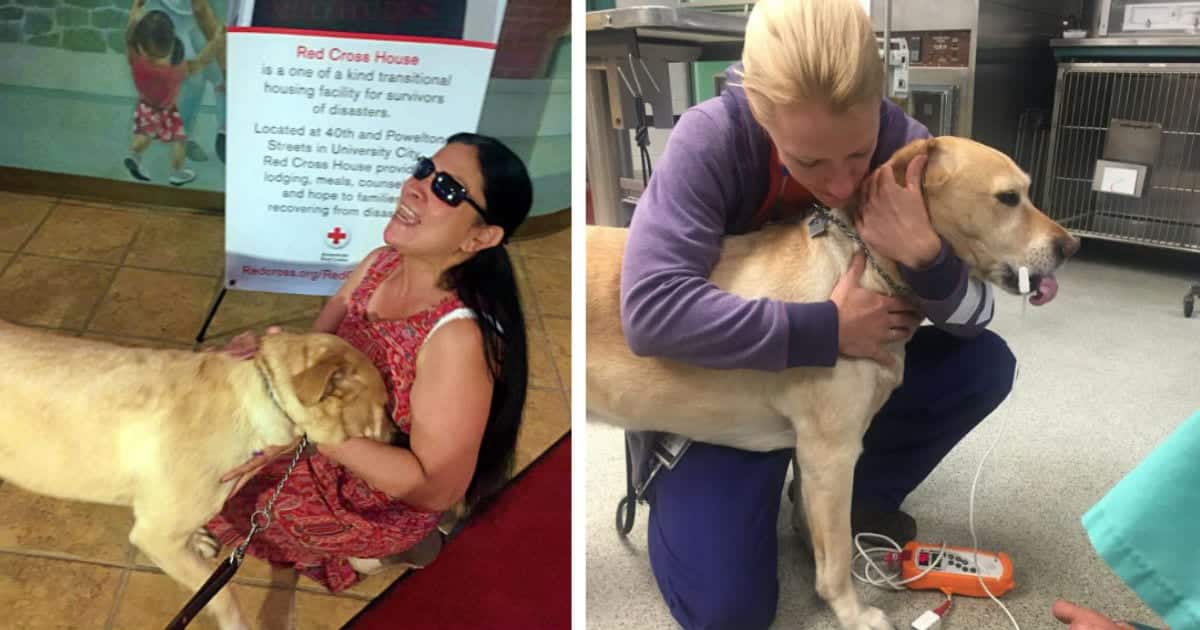

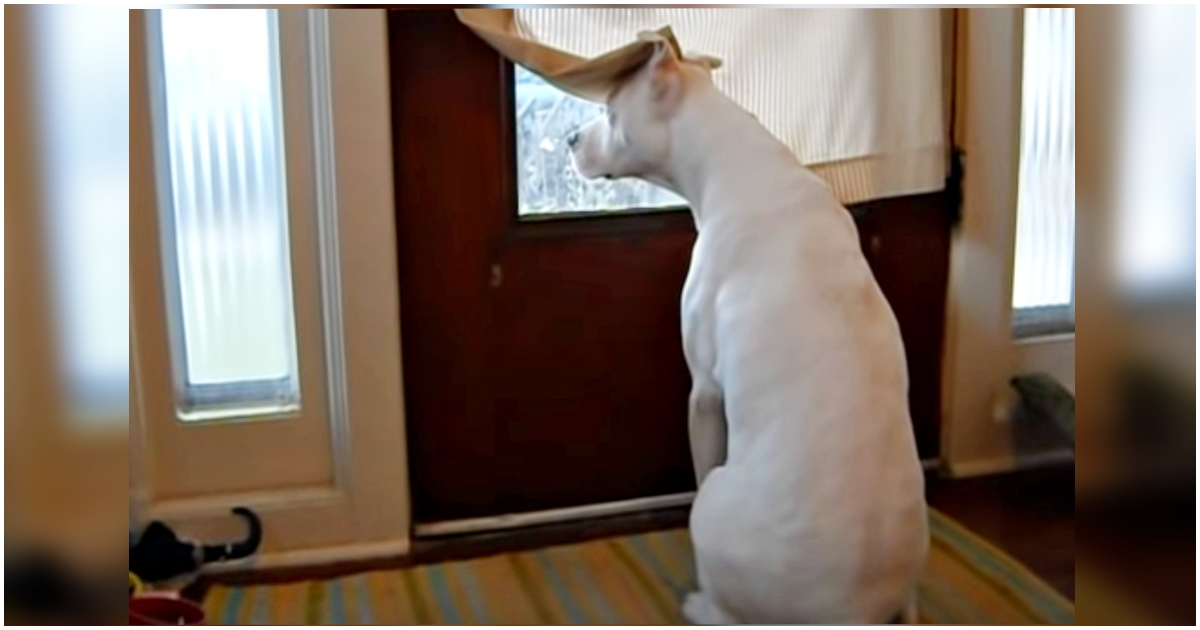
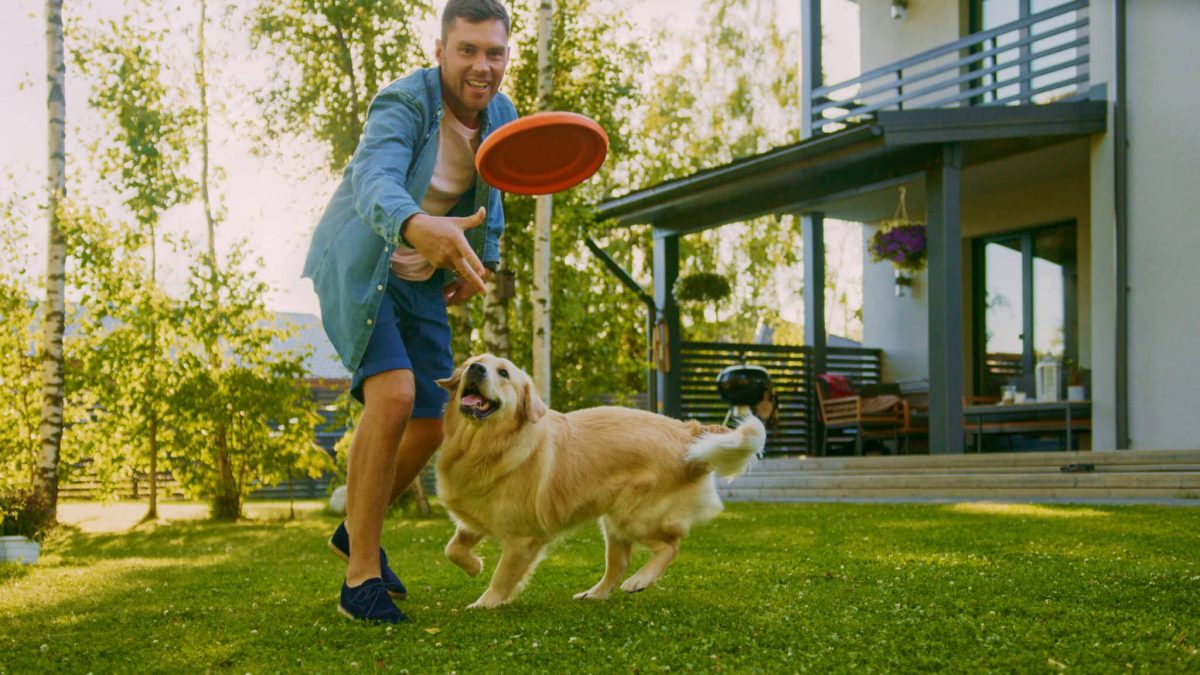
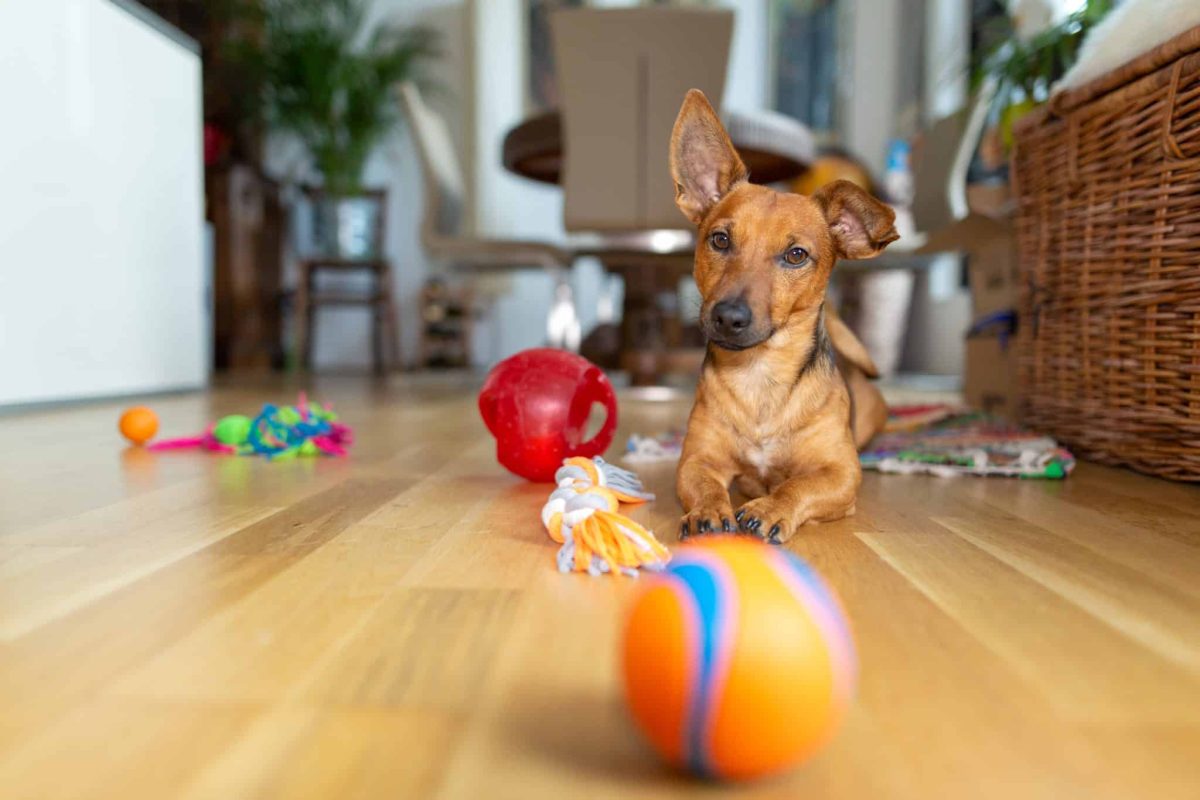
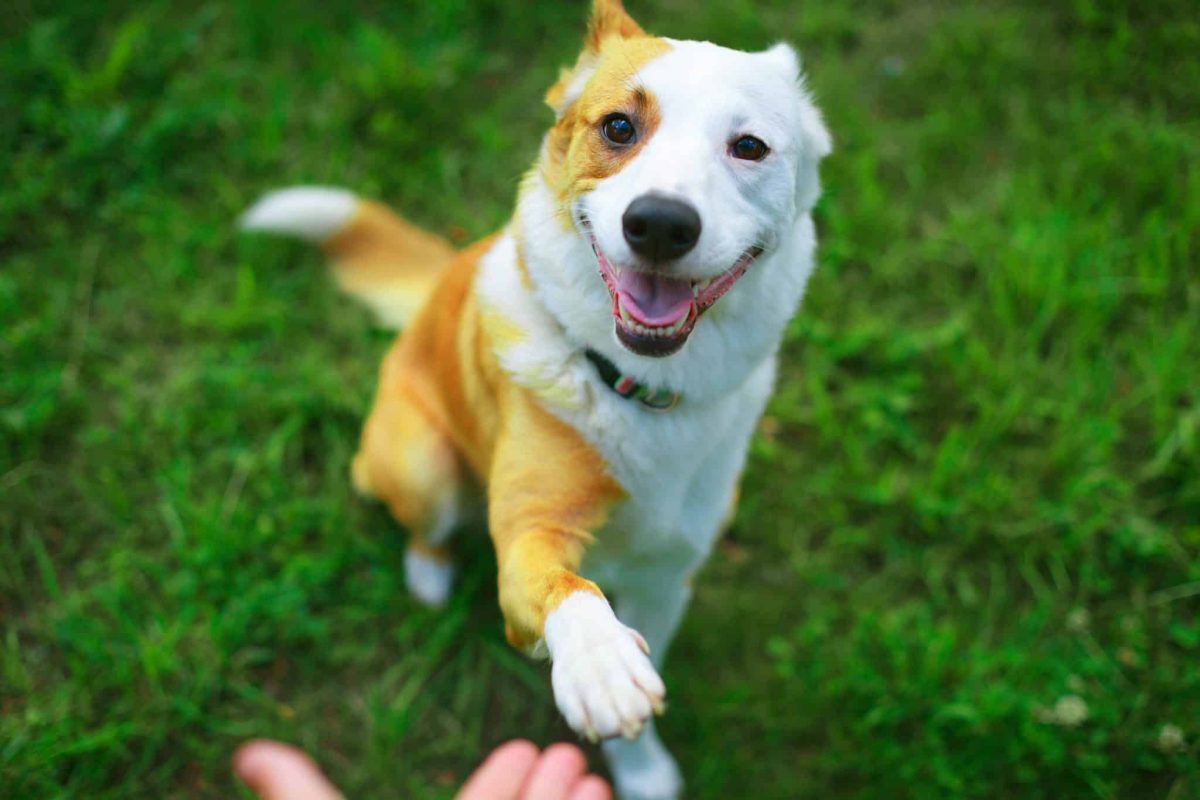

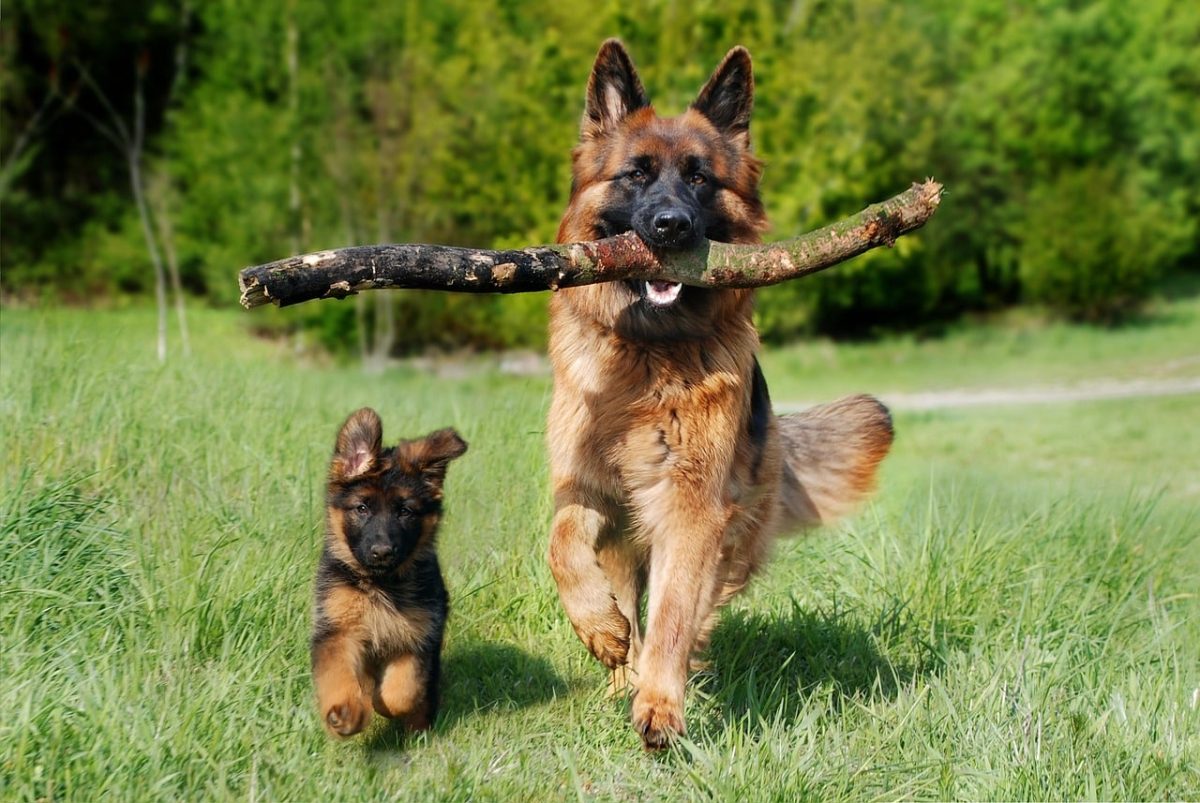



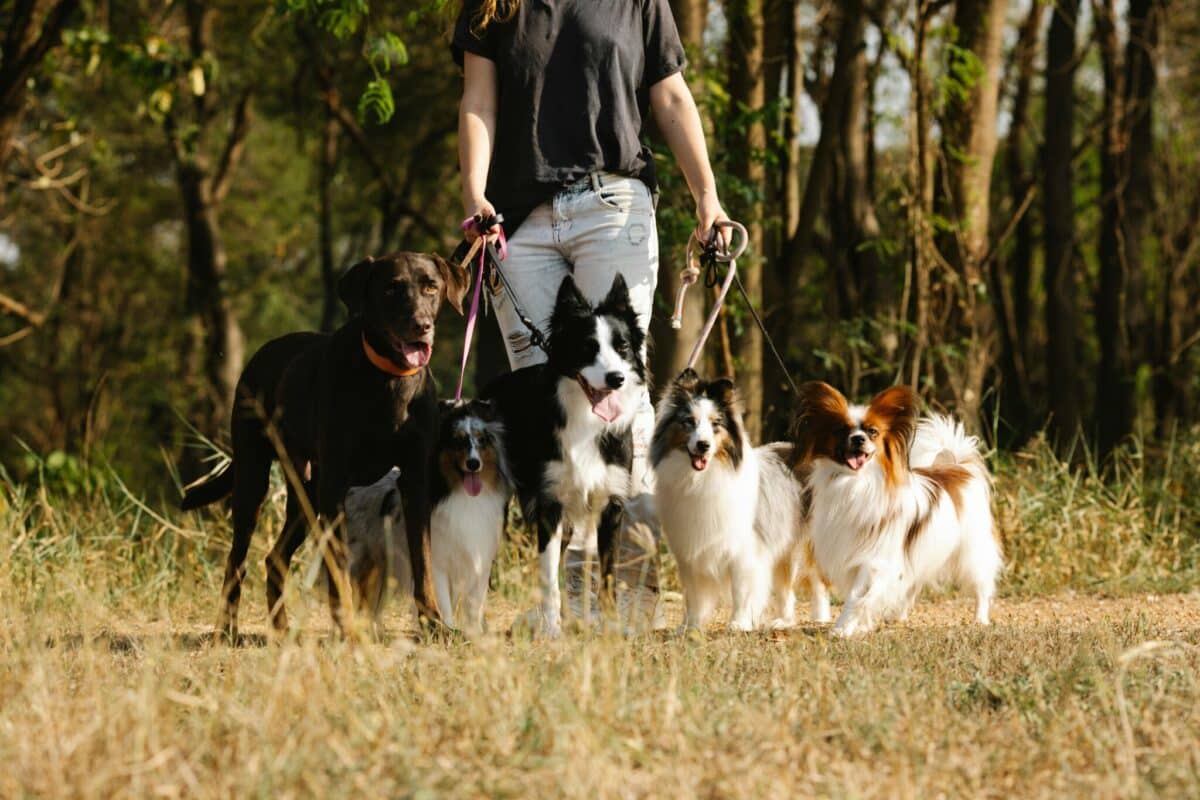





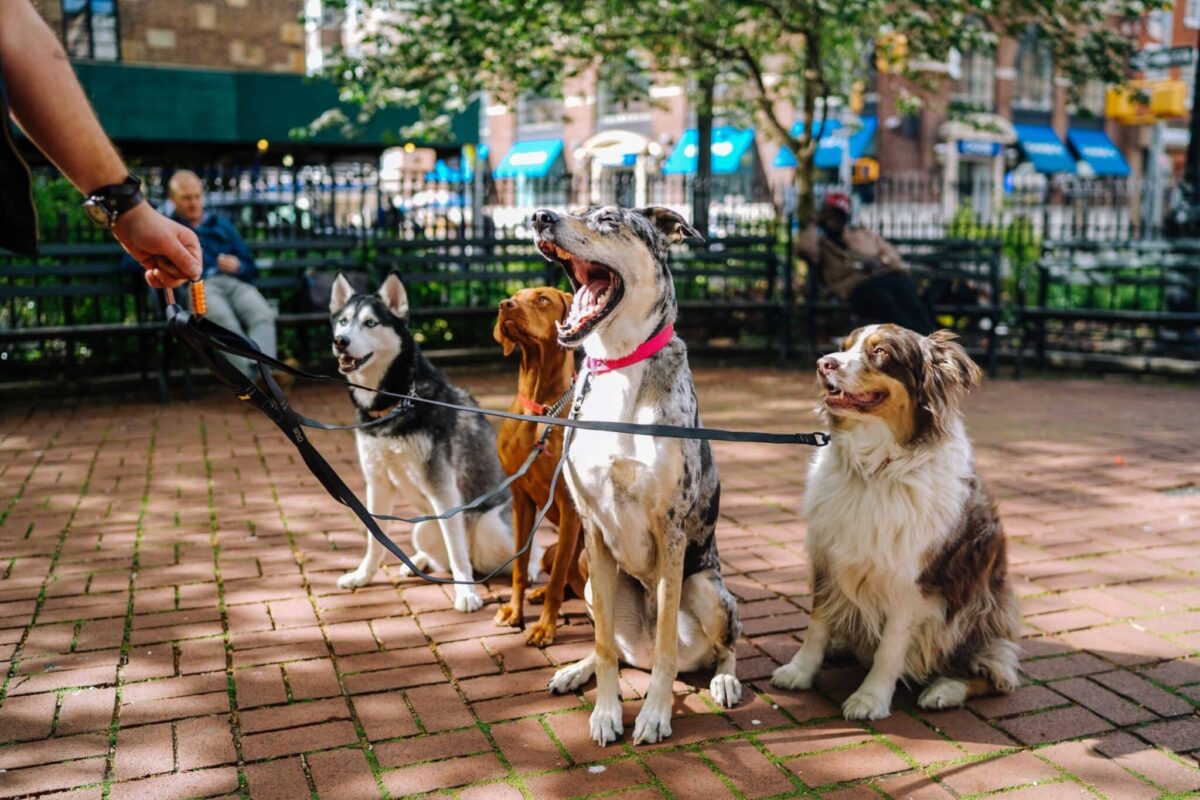
 English (US) ·
English (US) ·